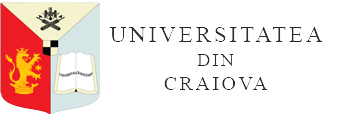MICROBIOTA FUNCTIONALITY AS THE MAIN SOIL ECOSYSTEM SERVICES IN EUTRICAMBOSOLS
DOI:
https://doi.org/10.52846/aamc.v53i1.1502Abstract
The Eutricambosol are young soils with a simple morphological profile (A-Bv-C/R). Taking into account their genesis and location, there are two main problems concerning the „Eutricambosol classification“: they were classified, by mistake as Luvosols (due to the presence of an „alteration bed“); they were restricted to the zones with > 600mm precipitations.
The researches focused on these two problems, detailing the characteristics of the „alteration bed“ on two profiles of Eutricambosols located in the Oriental Carpathian Mountains.
The micromorphological investigation of the „alteration bed“ (which appears at the bottom of the two studied profiles) showed clay coatings, generated mainly by the skeleton grains weathering. The weathered products (clay+Fe+etc.) leached and reorganised on short distances, mobilized mainly by the laminar circulation of the soil solution.
In what concerning the second mistake, the precipitations > 600mm is not a condition in the soil classification/taxonomy, it was inherited from the old (’60-s –‘70-s) „Pedology manuals‟, when both Cambisols (Eutricambosols and Districambosols) were included into the ˶Forest Brown Soils ̋ ̋, developing in the deciduous forests zone, with 632–1035mm precipitations.
In reality, Eutricambosols are ubiquitous, being formed in a wide variety of landscapes: from tabular plain, to hilly and low mountains regions.
In this respect, it would be desirable to know the concept and the correct classification of each soil, which leads to a correct management and further to the adequate conservation technologies, in order to preserved and/or improve the biota habitat for a better delivery of the soil ecosystem services.


